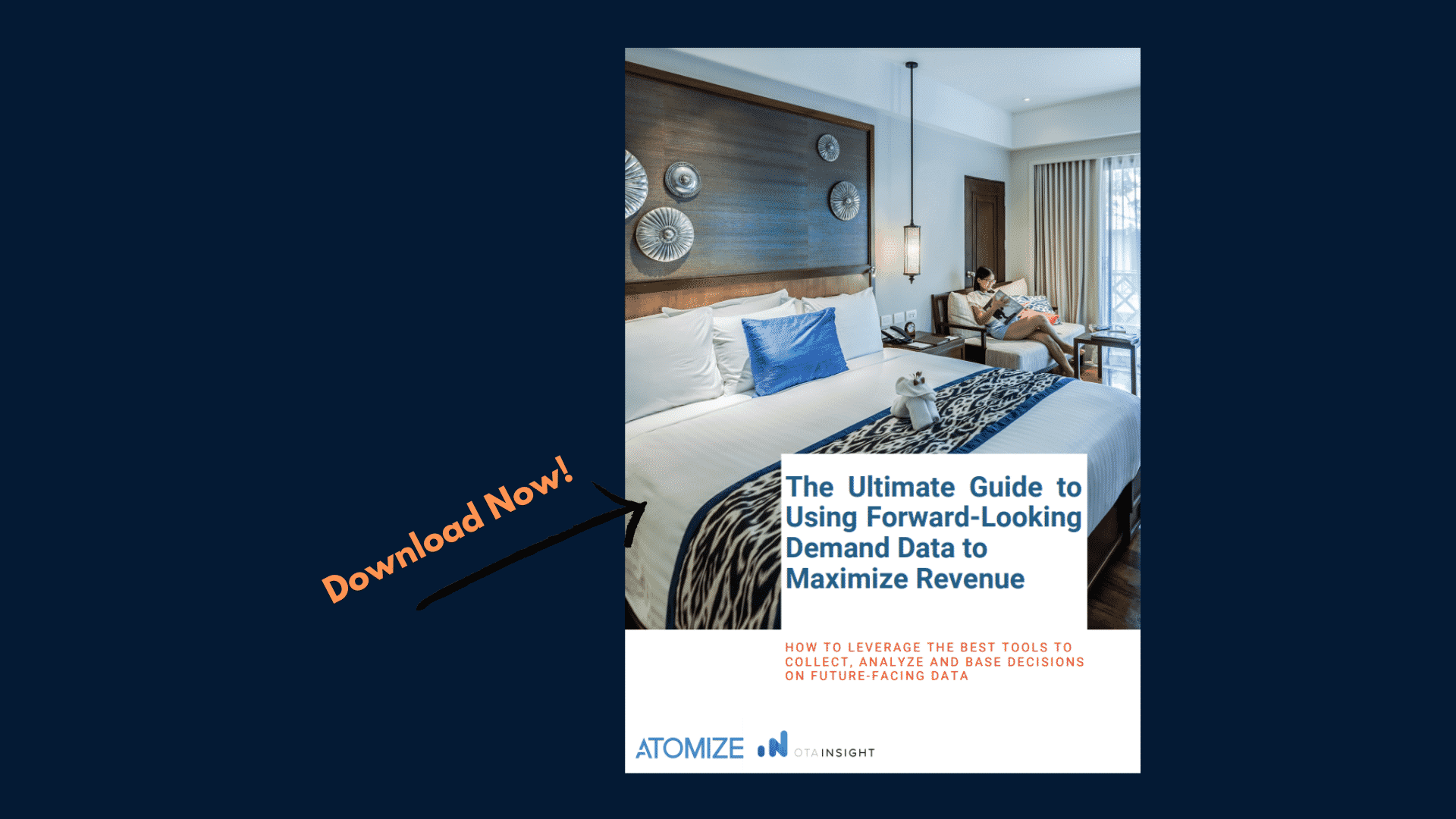This guide tells you why and how you should include forward-looking demand data as part of your go-to-market and pricing strategy.
More has happened in the past year than anyone could have imagined in the early days of 2020. Travel restrictions such as border closures, travel corridors and rules based on travelers’ vaccination status drastically altered which destinations people could consider.
Lead times also changed dramatically. In the past, guests often booked trips several months or at least weeks in advance. Today, the worry about sudden new restrictions has boosted last-minute travel decisions like never before.
Typical travel seasons have shifted as well. School or public holidays currently don’t drive the same level of inbound travelers to most destinations as they used to. Finally, with many annual events being cancelled or moved online, hotels saw reliable sources of business melt away. In many cases, group business is still suffering despite relaxing travel restrictions.
All this combined means that historical data no longer offers the reliable insights it used to. It’s still a valuable resource since it gives you realistic expectations of what your property can achieve. However, changing markets and guest expectations mean that live, forward-looking demand data must play a bigger part in your pricing strategy. Moving forward, that’s the only way to ensure your rates are optimized to capture bookings and drive the most revenue possible.
What’s Inside the guide?
- What is forward-looking demand data?
- Key benefits of using future-facing data to boost revenue
- The benefits of future demand data in your RMS
- Top-rated providers
- Customer success stories and proof points
- Frequently asked questions




